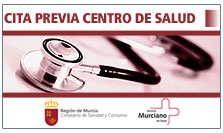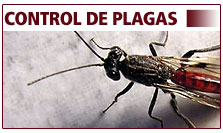FACEMASKS HERE TO STAY...
The details and control of the measures are to be handed over to the regional governments
The Ministry of Health has confirmed approval the Region of Murcia’s request to advance to Phase 3 of the de-escalation plan on Monday 8th of June, Health Minister Salvador Illa also stated that “under Phase 3, regions may decide when the state of emergency ends” meaning central government will then let individual regional authorities take control of the de-escalation process and decide how long this last period should last. Raising the possibility that some regions may decide to end Phase 3 and enter the new normality before the state of emergency officially ends on June 21.
Facemasks are currently obligatory in Spain under the state of emergency measures, but they will also continue to be in the future in the “new normality” after Phase 3 ends and until the government declares the coronavirus crisis is no longer a threat.
A draft decree for the “new normal”, which is being debated with Spain’s regions and is due to be approved on Tuesday by the Cabinet, includes obligatory use of masks in closed public spaces where a safe distance of 1.5 to 2 metres cannot be observed, fines of up to €100 can be levied on people who are not wearing them. The decree also leaves open the possibility of extending their use in the open air.
According to the text, masks will have to be used on all forms of transport, including public vehicles with up to nine passengers, such as taxis or private hire vehicles. In the case of ferries and other passenger vessels, masks will not be obligatory in cabins. The decree also specifies that people with any kind of respiratory disease or breathing problems will not have to wear masks.
Other measures for inclusion are that airlines and other transport companies will have to retain the details of all passengers for a month including their seat allocation so that they can be identified for track and trace protocols if a positive coronavirus case is confirmed.
Also companies will have to ensure the layout of work spaces allows for the required distancing and shift rotas are to be adopted to avoid crowding.
The details and control of the measures are to be handed over to the regional governments.









